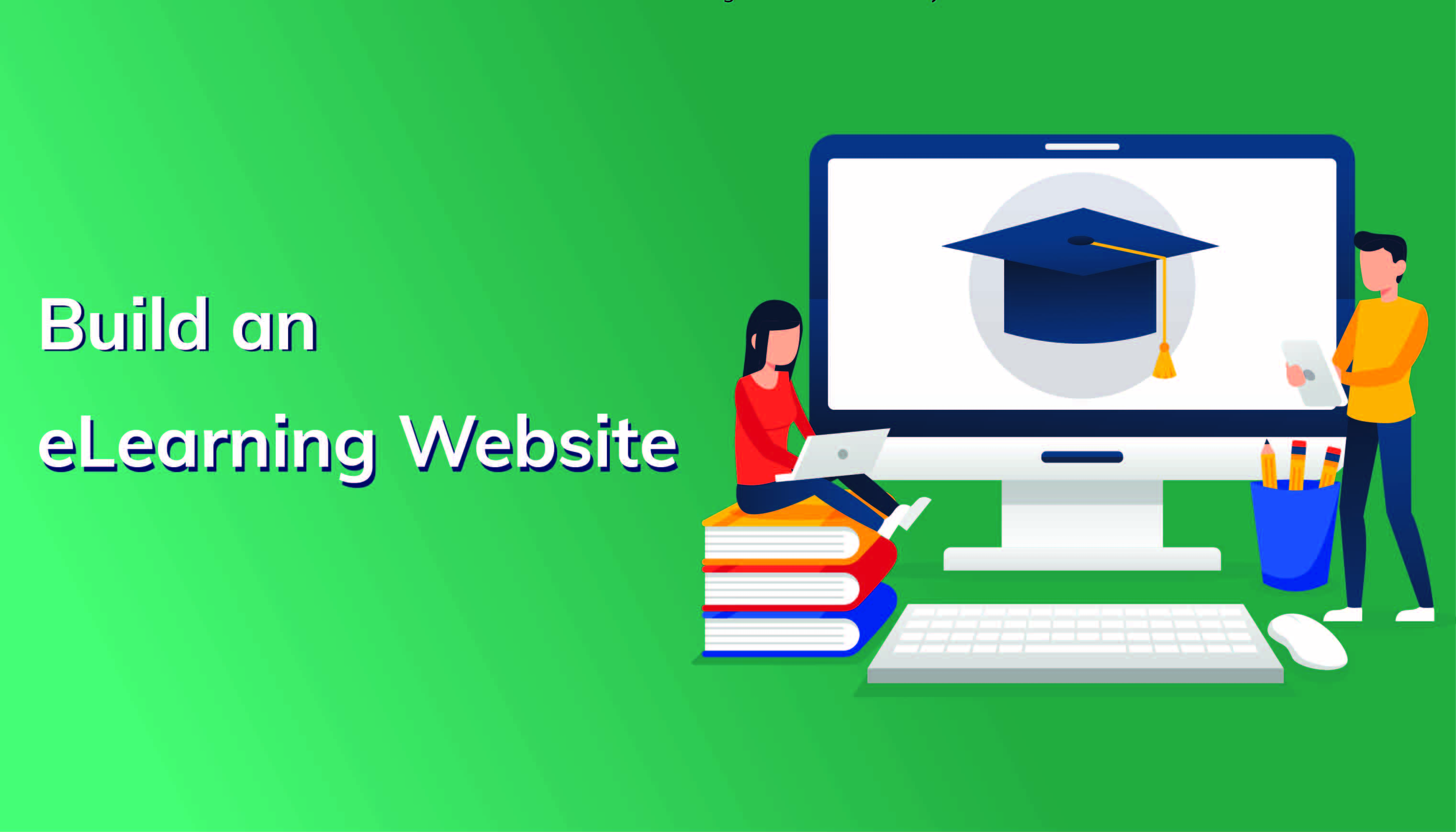“Live as if you were to die tomorrow. Learn as if you were to live forever” – Mahatma Gandhi
Learning is a process that is an integral part of our lives and Schools, Colleges, Universities, etc. play an important part in this. But what about those who cannot physically go to colleges or universities? Or what about those who are not able to afford the ever-increasing fees of the Universities? Also, some don’t have the time to attend a proper university course in the day – they are earning and learning. In such situations, an eLearning website comes as a great rescue. Online educational platforms are on a rise today because of the flexibility, easy access, and affordability that they allow.
Digital learning platforms are of various types such as Podcasts, Forums, Discussion boards, Video streaming services, etc. The most important types are the Virtual Learning Environment (VLE), Visual Instructor-Led Training (VILT), and Massive Online Open Courses (MOOC).
Belonging to some of these types, Udemy and Coursera are two very successful examples of eLearning portal. Both provide virtual courses, but there is only one difference. In Udemy, \individual teachers or instructors submit their content. Of course, all the instructors are verified On the other hand, in Coursera, there is a co-operation between colleges and universities so that the online courses provided are taught by university professors. Other highly famous examples of eLearning portals include Udacity, Khan Academy, edX, Skillshare, etc.
Taking a leaf from these eLearning platforms, as a Website Development Company, we have prepared a step-by-step guide to build eLearning websites which can be followed by anyone who wishes to build one.
How to Build an eLearning website:
- Research & Choose A Niche:
Remember that building an eLearning website is initially just your idea. To validate this idea, your first step should be market research. You need to research your subject market to decide if there is enough scope, which niche you should select, and who will be your target market, etc. Thus, you should understand your audience – what are their demographics, what is their social as well as psychological what subjects they would like to learn, for instance have they done on a Tech Leadership Training course and want the next stage? Accordingly, you can choose your niche. For Coursera website development, you can always begin with fewer subjects and add in more slowly, as you develop. After all, Coursera originally had only 5 categories with some subcategories. In a few years, however, the number of courses has increased to 2000+
- Choose Your Monetization Model:
Money is most probably the most important aspect of any project you undertake. After all generation of revenue is always your ultimate goal. there are various ways you can strategize your monetization model. The various options available to you are –
- Subscription:
You can provide some courses to your Subscribers who pay for a subscription every month.
- Certification:
Another possibility is that you offer the course for free, and charge for the certification. Thus, if learners want an authentic and verified certificate, they’ll have to pay for it.
- Premium Membership:
Keep only limited courses available for free i.e. limit the access, and if the learners/users want to upgrade, they pay for it.
- eLearning For Corporates:
Employee training is an essential part of the business. Instead of providing courses separately to employees, you can directly provide materials and tools required for employee training to the Corporates.
- Donation:
Opting for a donation from users/non-users is another means of income. Especially if you are a non-profit organization.
- Choose Features And Functionalities To Add:
For any application, the core features and functionalities are what determine the ultimate success of the app. As an eLearning Portal the two main aspects you need to consider the students who will be registering with you and the teachers/instructors/coaches registering with you. Some common features you need to choose and work upon includes – creating the Account, managing the Profile, providing customer support and help, search bar for students to find the courses they want, proper categorization and filter features for the searches, recommendations & tag features to let students find courses similar to what they search for, secure and easy payment options for students to pay for enrolling into a course, course creation and updates for the instructor, etc.
- Choose Your UI/UX Design Strategy:
The UI/UX design of your eLearning portal will determine the user experience, the ease of use and navigation, and thus the satisfaction of your customer. Your Design needs to be clutter-free and simple. The navigation should be easy, while the loading should be fast. And yes, there should be consistency in design throughout your eLearning website. Another important design aspect is the typography of your website. Don’t go for anything much fancy, the typography should be simple and readable. Also, to integrate images and illustrations, as well as gifs and animations within your visual design. This will give your website extra fun and will make it more interesting.
- Choose Technology And Tools:
There are various tech and tools requirements for the Udemy Website development, There is a need for programming languages such as Ruby, Python, Scala, etc.; Framework such as Express, Play, MVC, etc.; Databases such as MySQL a MongoDB, etc.; core technologies such as Javascript, HTML5, CSS3, Angular.JS, Bootstrap, Node.JS, React.JS, etc.; Online payment techs such as Paypal, etc.; third-party tools such as Salesforce.
That’s the steps you are supposed to follow for creating your eLearning Websites like Coursera and Udemy.

















Post Comments